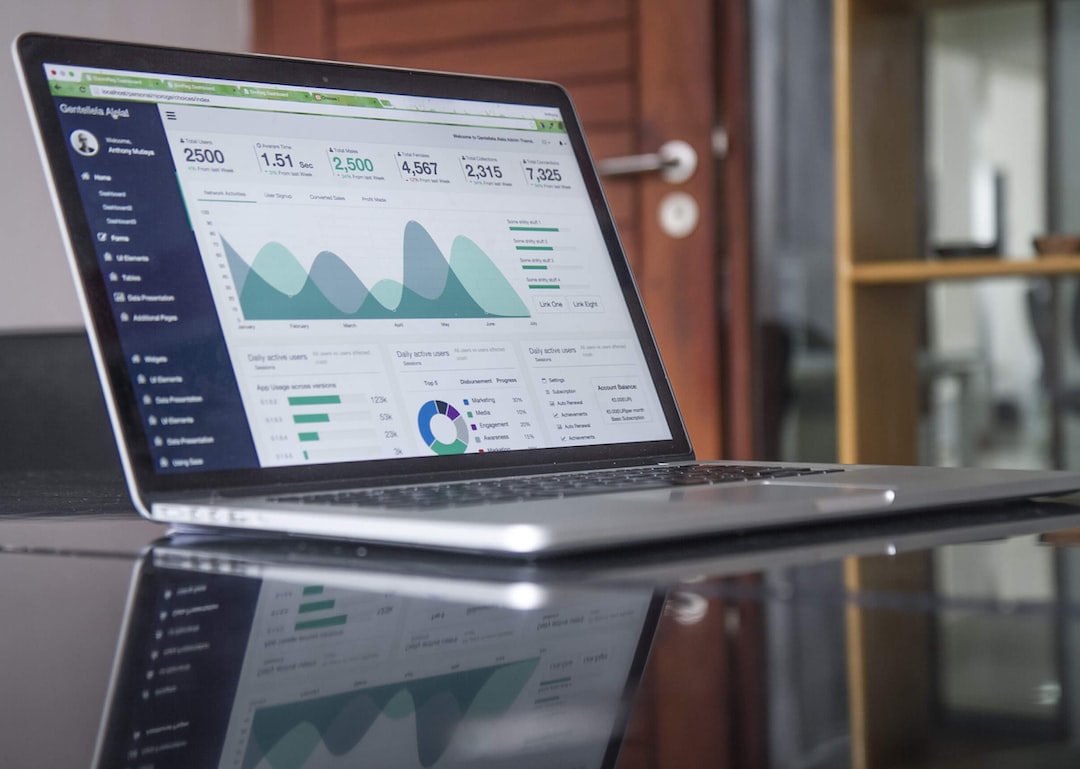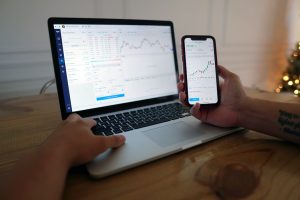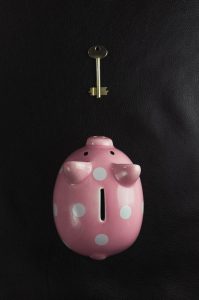In forex trading, using multiple timeframes is a common strategy among traders to increase their chances of success. By analyzing charts for different timeframes, traders can gain a better understanding of the market trends and make informed decisions. Here is a step-by-step guide on how to use multiple timeframes in forex trading.
1. Choose your primary timeframe
The first step in using multiple timeframes is to choose your primary timeframe. This timeframe is the one that you will use to enter and exit trades. It is often the chart that you are most comfortable reading and analyzing. For example, if you are a day trader, you may use the 1-hour chart as your primary timeframe.
2. Identify the trend on your primary timeframe
Once you have chosen your primary timeframe, you should identify the trend by looking at the price action. You can use various technical indicators such as moving averages or trend lines to help identify the trend. For example, if the price is consistently making higher highs and higher lows, it is an uptrend. Conversely, if the price is making lower highs and lower lows, it is a downtrend.
3. Choose your secondary timeframes
After identifying the trend on your primary timeframe, you can choose your secondary timeframes. These are the charts that you will use to confirm the trend and to find potential trading opportunities. You can choose two or three timeframes, depending on your trading style and strategy. For example, if your primary timeframe is the 1-hour chart, your secondary timeframes could be the 15-minute and 4-hour charts.
4. Analyze the secondary timeframes
Once you have chosen your secondary timeframes, you should analyze them to confirm the trend and to find potential trading opportunities. Look for similar trend patterns on the secondary timeframes as you did on the primary timeframe. If the trend is the same on all timeframes, it is a strong indication of a trend continuation. However, if the trend is different, you should be cautious and wait for confirmation.
5. Use the secondary timeframes to find trading opportunities
In addition to confirming the trend, you can also use the secondary timeframes to find potential trading opportunities. Look for price action signals such as support and resistance levels, chart patterns, or candlestick formations. If you see a signal on the secondary timeframe that confirms the trend on the primary timeframe, it is a good indication of a trading opportunity.
6. Use the primary timeframe to enter and exit trades
After analyzing the secondary timeframes and finding a trading opportunity, you should use your primary timeframe to enter and exit trades. Use your trading strategy and technical indicators to determine the entry and exit points. Always make sure that the trade is in line with the trend on the primary timeframe.
In conclusion, using multiple timeframes in forex trading can help you gain a better understanding of the market trends and increase your chances of success. By choosing your primary timeframe, identifying the trend, choosing your secondary timeframes, analyzing them, and using them to find trading opportunities, you can make informed decisions and trade with confidence. Remember to always use your primary timeframe to enter and exit trades and to keep your risk management in check.






